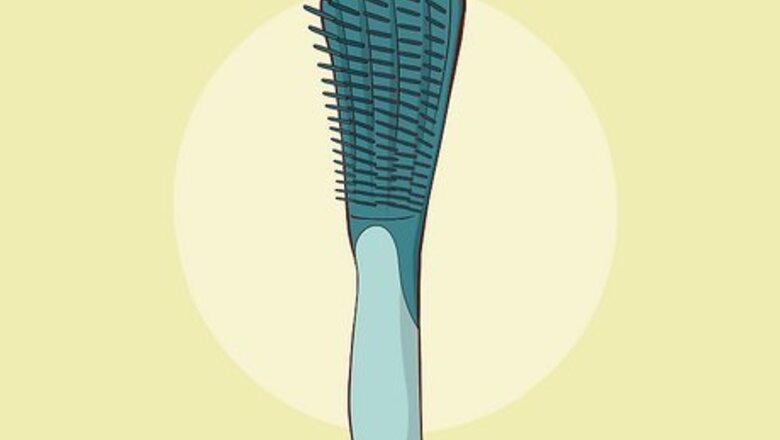
views
Using the Right Tools

Use a detangling brush. Many detangling brushes utilize short, flexible bristles that won’t pull out hair and can even be used on wet hair. Purchase a detangling brush online or at your local beauty supply store. Using a paddle brush on wet hair can also create a lot of tangles and a lot of frizz.

Avoid using regular elastics. Thick hair can easily work itself free from elastics and scrunchies. Use thin and flat fabric hair ties. Some trendy hair ties may stretch out sooner than you’d like while extra-grip products may pull or damage your hair. Look for specially designed elastics that provide extra grip but do not break or damage your hair. Search for specialty non-damaging grip elastics online or at your local beauty supply store.

Place bobby pins correctly. Spray hairspray onto bobby pins and insert them wavy side down into your hair for more hold. Don’t be tempted to use more than is necessary, take your time to ensure proper placement.
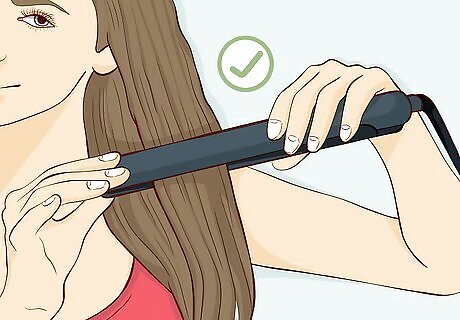
Dry your hair with the correct blow-dryer. Focus on ions and wattage if you want a fast drying time. Prevent damage and frizz with an ionic dryer that is a minimum of 1800 watts. Purchase your hair dryer online or at your local beauty supply store.

Avoid pouf with hairspray and the right brush. Dampen your brush with a bit of hairspray. Don’t soak your hair brush but add a small amount to take away static, seal your cuticles, and hold your hair together. Avoid crunchy strands by brushing your hair from underneath rather than from the top of your head. Regular brushes cause static so use a boar bristle brush to distribute your hair’s natural oils and eliminate static and adds shine. You may use smoothing formula instead of hairspray to help your brush move smoothly through your hair. Remember to only brush a section of hair that is no wider than your brush.
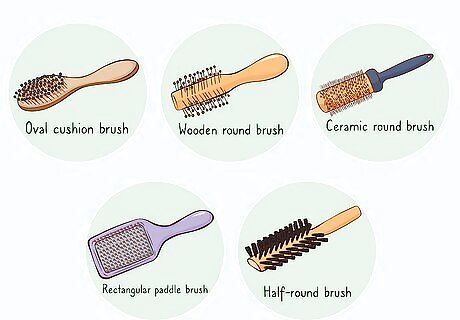
Find the right brush for the right situation. There are a number of different hair styling tools you can work with depending on what you’re trying to achieve. Choose from the following brushes: Oval cushion brush when you want to detangle dry hair, add shine, or tease your hair. It should not be used on wet hair. Wooden round brush when you want add body to your hair after you have blow-dried it or for smoothing your hair. You should not use it for styling blunt bangs. Ceramic round brush when you want to straighten your hair, specifically cowlicks or your bangs. Do not use this brush if you have fine of fragile hair. Rectangular paddle brush when you’re trying to detangle wet hair. Be aware that the brushes with ball tips tend to fall out quickly. Half-round brush when you’re trying to create a sleek bob style that follows your head’s curve or when you’re styling bangs that are drying. Do not use this brush for long hair.
Using the Right Products

Work in a highly concentrated conditioner. Avoid using too much conditioner by focusing on its contents. Use conditioners that are so concentrated that you only need a small dollop. Avoid using volumizing conditioners. Use a deep-treatment mask every third shampoo or once a week if the ends of your hair are extremely damaged. If the damage is only slight, you may use it once a month. If you want soft and smooth hair you have to retain your hair’s moisture with quality hydrating conditioner and shampoo. The secret to getting the softest, smoothest hair possible is retaining moisture in your hair. It’s important to start with a quality hydrating shampoo and conditioner. You want products that retain moisture without weighing your hair down. Use deep conditioning products regularly. Products like Macadamia Oil Deep Conditioning Treatment and Silktage Rejuvenating Styling Serum can smoothen coarse hair.
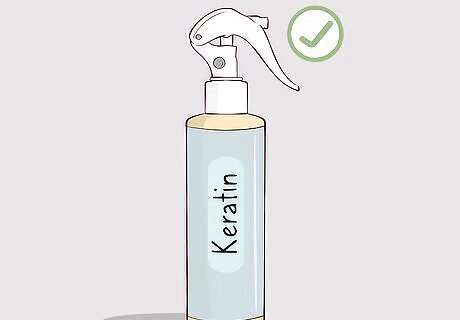
Apply keratin products during warm and humid weather. Humidity can cause a lot frizz. Products with keratin can fill out your hair cuticles and reduce frizz. You may use products like keratin Spray throughout the year. Remember to take the time to work in the product so that it reaches down to the cuticle.
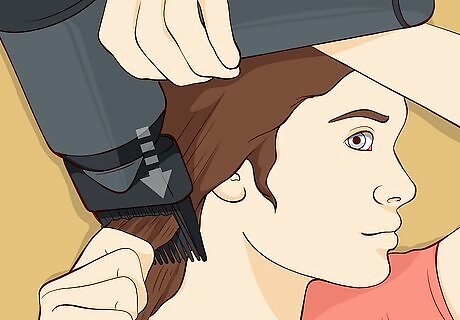
Rough-dry your hair for a blowout. If you have really thick hair you may find it extremely difficult to get a blowout. Rough-dry your hair so that there’s only 10-20 percent left to dry. Use a smoothing nozzle on your dryer to dry the remainder of your hair. Rough-drying works best for wavy and straight hair. Use the smoothing nozzle when there is 20-30 percent left to dry to avoid opening your cuticles too much with rough drying.
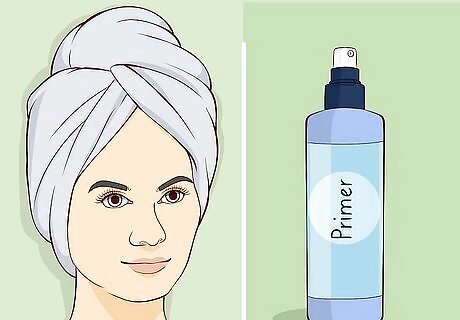
Reduce dry time with a drying catalyst. If you have thick hair, you're probably used to your hair-drying being an all-day event. If you prefer to air-dry, speed up the process by using a head-wrap towel that will absorb more moisture than a regular towel. And if you prefer to blow-dry, try a primer that will reduce the time it takes to fully dry hair.
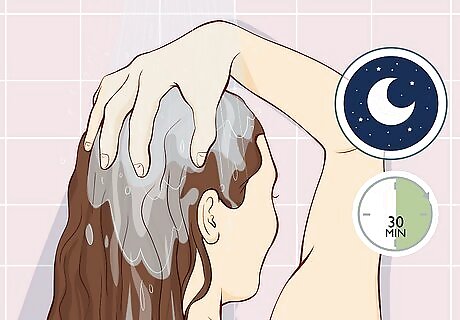
Wash your hair at night to create a morning blowout. Wash your hair 30 minutes before you sleep and allow it to air-dry overnight. Use a half-barrel curling iron in the morning by splitting your hair into about 12 sections. Swoop your iron through each section, making sure to go all the way to the ends of your hair. This will create a blowout look but in less time than a salon.
Choosing the Right Style

Tie a topknot to avoid bedhead. Avoid cowlicks or uncontrollable bedhead with a topknot. Turn your head upside down, gather your hair, and twist it into a ponytail. Use smoothing product to control any loose strands.
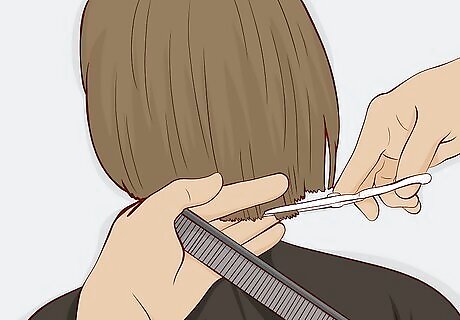
Lose weight on heavy hair. Heavy hair can look like a lifeless blanket with no bounce. Ask your stylist to add layers with a mid-length cut to remove weight in the roots of your hair and give it some movement. Avoid too much layering because your hair may look like a triangle.
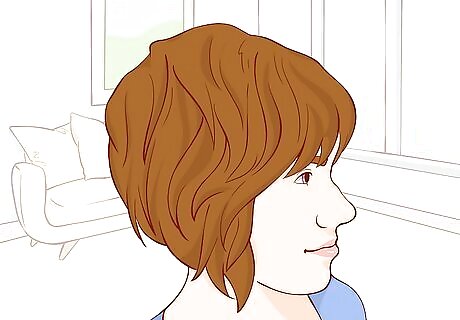
Add layers to avoid helmet head. Mid-length hair may look like a helmet when thick hair gets too big for a choppy bob. Ask your stylist to add dimension to a chin-length cut by adding layers. Get rid of fluffiness with a balm or silky wax. You need product to anchor your pouf and weigh down your hair while still allowing it to move. Consult your stylist to choose the right product to bring out the dimension to your hair while weighing it down.

Cut your hair with proper thinning shears and razors. Thinning shears and razors may damage your hair or cause frizz if not utilized correctly. Tell your stylist if thinning shears have damaged your hair in the past. Use them only on the ends of your hair if you are prone to frizziness. Ask your stylist to use a different method to thin out your hair or give you layers if thinning shears and razors have damaged your hair in the past.
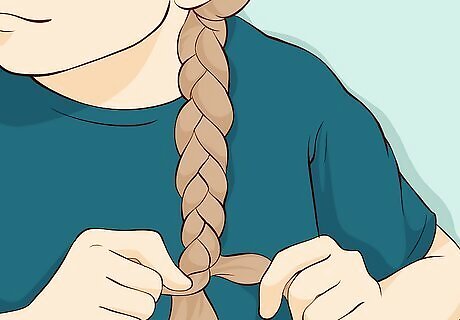
Braid your hair. Look online or talk to your stylist to find braids that suit your style. Braids look great with thick hair and keep your volume under control. If you can’t control the frizz, weave your hair into an easy-to-maintain braid.
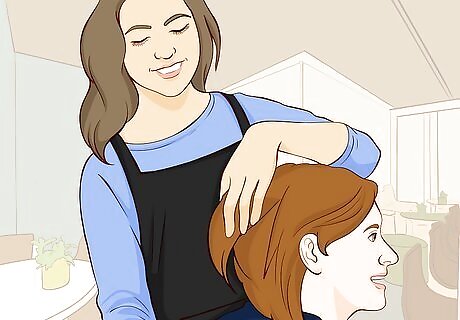
Talk to your stylist. Work with your stylist to find a style that suits your hair type and face shape. While she may thin out your hair, it may reveal small layers on the underside of your hair that will make your hair feel thin but look full and uniform. Search online or provide pictures for your stylist to give a starting point. Find inspiration from celebrities with the same hair type.












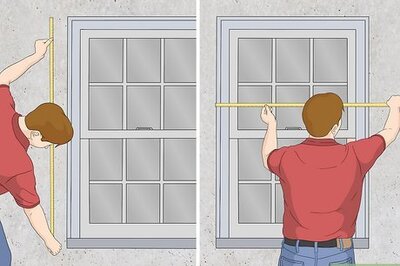




Comments
0 comment